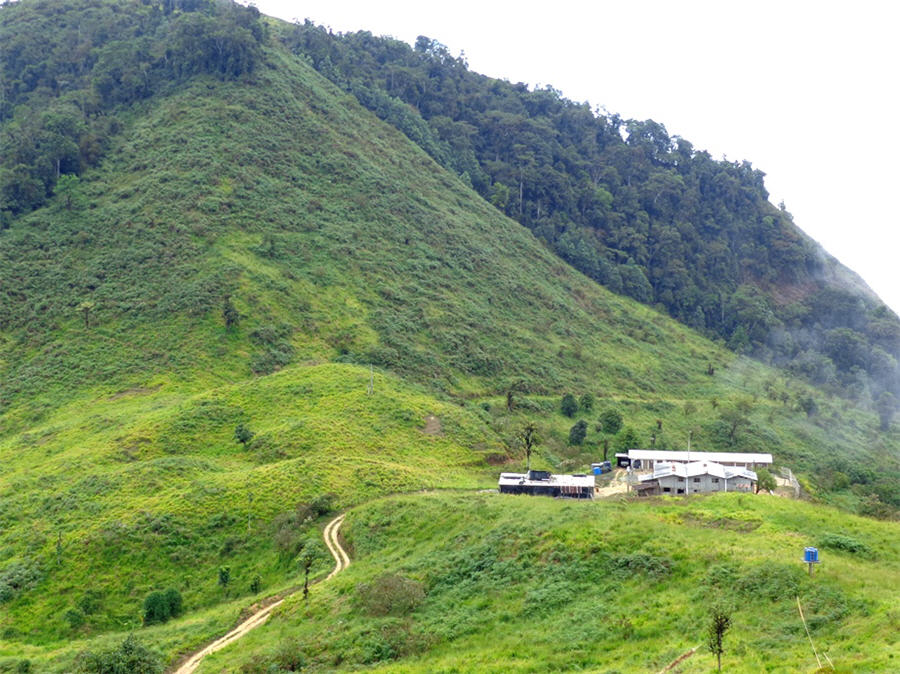Lumina grows its Cangrejos project in Ecuador

Lumina Gold’s Cangrejos porphyry gold-copper project in Ecuador is growing, thanks to a 40,000-metre drill program that has upgraded and expanded resources at the Cangrejos deposit and resulted in a first time resource at the Gran Bestia deposit. Together, the deposits, which are about 1 km apart, hold 10.4 million indicated oz. of gold and 6.3 million inferred oz. of gold.
The company released a positive preliminary economic assessment (PEA) for the project in 2018, outlining a 16-year mine life based on an inferred resource that totalled 8.5 million oz. gold and 1 billion lb. copper. Lumina plans to update the PEA for Cangrejos, located in El Oro province in southern Ecuador, next year.
The Cangrejos project now holds 468.8 million indicated tonnes grading 0.77 g/t gold equivalent
The new resource estimate uses a gold price of $1,500 per oz. (up from $1,400 in the previous estimate) a copper price of $3 per lb. (down from $3.25) and a cutoff grade of 0.3 g/t gold equivalent (down from 0.35 g/t gold equivalent).
The Cangrejos project now holds 468.8 million indicated tonnes grading 0.77 g/t gold equivalent (or 0.59 g/t gold, 0.12% copper, 0.7 g/t silver, and 22.4 ppm molybdenum). Contained metals total 8.9 million oz. gold, 1.2 billion lb. copper, 10.9 million oz. silver and 23.2 million lb. molybdenum.
Inferred resources add 254.8 million tonnes at a grade of 0.55 g/t gold-equivalent (or 0.43 g/t gold, 0.08% copper, 0.7 g/t silver and 14.7 ppm moly) for contained metals of 3.5 million oz. gold, 466 million lb. copper, 5.7 million oz. silver and 8.3 million lb. molybdenum.
The initial indicated resource for Gran Bestia totals 99.4 million tonnes at 0.58 g/t gold equivalent (0.46 g/t gold, 0.08% copper, 0.6 g/t silver and 15.6 ppm moly) for contained metals of 1.5 million oz. gold, 178 million lb. copper, 1.8 million oz. silver and 3.4 million lb. moly.
Inferred resources at Gran Bestia come to 221.2 million tonnes grading 0.49 g/t gold equivalent (or 0.39 g/t gold, 0.07% copper, 0.6 g/t silver and 12 ppm moly) for contained metals of 2.7 million oz. gold, 322 million lb. copper, 4.3 million oz. silver and 5.9 million lb. moly.
(This article first appeared in the Canadian Mining Journal)
{{ commodity.name }}
{{ post.title }}
{{ post.date }}


Comments